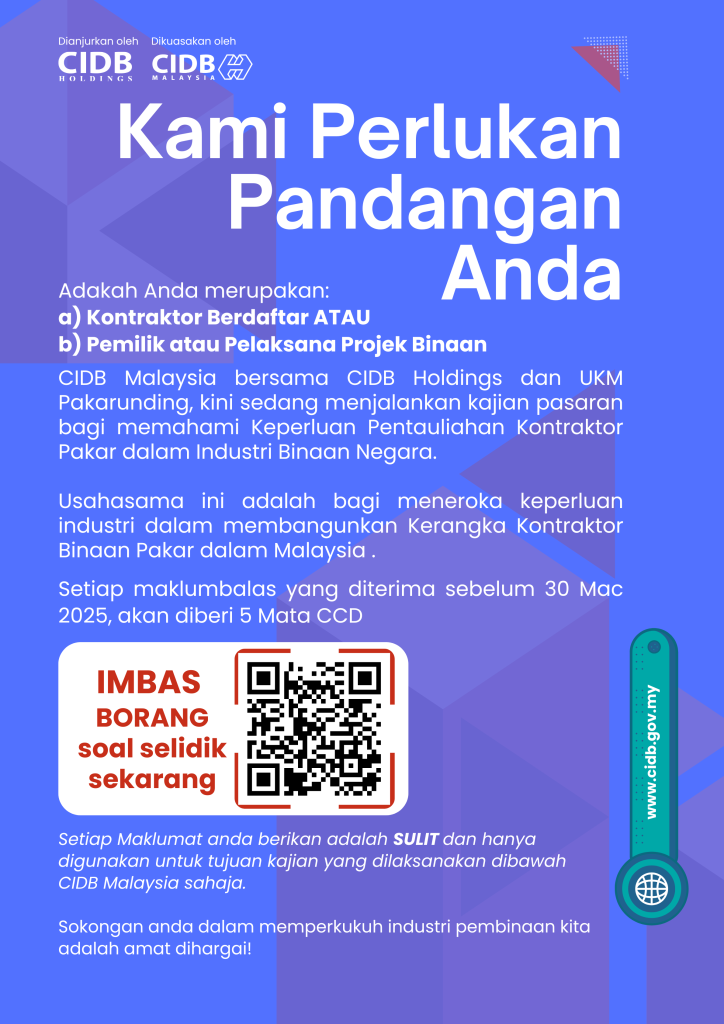
In this second instalment of a five-part digital transformation series, we delve into the world of Building Information Modeling (BIM), a cornerstone of the digital transformation in Malaysian construction.
Building Information Modeling (BIM) has emerged as a game-changing innovation in the realm of construction, particularly within the context of Malaysia’s burgeoning building landscape. BIM is more than just a digital blueprint; it’s a dynamic and collaborative approach that transforms how construction projects are conceived, designed, and managed.
At its core, BIM involves the creation of a comprehensive digital representation of a building’s entire lifecycle. This encompasses its architectural, structural, mechanical, and electrical components. Unlike traditional two-dimensional blueprints, BIM introduces a new dimension of depth and interactivity, enabling stakeholders to visualise the project in its entirety.
One of the standout features of BIM is real-time collaboration. Architects, engineers, contractors, and other relevant parties can work on the same platform simultaneously, making instant updates and modifications visible to all. This streamlines communication, ensuring all stakeholders are on the same page and eliminating potential misinterpretations or discrepancies.
Furthermore, BIM’s collaborative nature extends to data sharing. Information related to design, materials, schedules, and costs can be integrated into the BIM model. This comprehensive dataset ensures that decisions are data-driven and informed, minimising the risk of errors or oversights that can lead to delays and cost overruns.
The impact of BIM on resource utilisation is noteworthy as well. Stakeholders can identify and address potential clashes or inefficiencies by simulating the entire project digitally before construction begins. This preemptive problem-solving reduces material wastage and optimises resource allocation, contributing to more sustainable and cost-effective construction practices.
As Malaysia’s construction sector continues to evolve, BIM is proving to be a catalyst for enhanced efficiency, accuracy, and collaboration. Its ability to streamline processes, improve decision-making, and create a virtual representation of the final product makes it an invaluable tool in modern construction. With BIM at its core, Malaysia’s construction industry is poised to build smarter, faster, and with greater precision.
In the next part, we delve into how tech-driven advancements enhance safety, precision, and project timelines in Malaysia’s construction industry.
Article 1: Malaysia’s Construction Sector Embraces Digital Transformation
Article 3: A Tech-Infused Job Site: Advancing On-Site Operations
Article 4: Collaborative Construction: Connecting Teams Digitally















